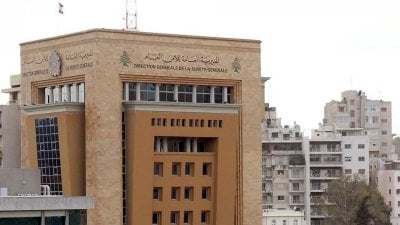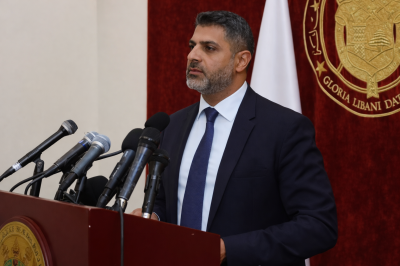"Lebanon Debate"
The report of the US investment bank “Goldman Sachs” tackling Lebanon’s economy is of remarkable importance when it comes to timing and content. It talked about the stability signs Lebanon is witnessing despite the political and economic challenges.
According to researcher and economist Antoine Farah, the indicators cited "are clear and reflect an agreed-upon international approach.". This reveals that international institutions such as the International Monetary Fund and the World Bank "speak the same language," saying that Lebanon today has "little stability."
Farah told Lebanon Debate that since the collapse in 2019, the economy has been in a permanent decline, but the scene has changed since 2023 and recorded a kind of stability and slight growth in the Lebanese economy.
In response to a question related to the signs of this stability, Farah said that it goes back to the ability of the Central Bank of Lebanon to increase the dollar reserves, determine an exchange rate, and accomplish relative stability in the private sector.
Is it possible to be optimistic and build on this reality to get out of the economic crisis?
Farah believes that this is farfetched, pointing to many entitlements that could appear later, lead to a sort of explosion, and worsen the situation in Lebanon. Noting that the "Goldman Sachs" report referred to one of these entitlements: the slow development of negotiations with the IMF, it indicates that there are no reforms in the country and that it is possible that an agreement with the Fund will not be reached. This also reflects the lack of confidence in Lebanon's ability to negotiate with Eurobond lenders and the possibility of a major crisis.
The economist shed light on a point made in the report concerning the losses of banks. The Central Bank estimates these losses to be between 65 and 70 billion dollars. In fact, it was the government that faced the biggest losses, not the banks or even the Central Bank. Farah confirms that banks have obligations to depositors of about 90 billion dollars, whereas the Central Bank has obligations to banks worth around 81 billion dollars, and the government has obligations to the Central Bank, which amount to around 68 billion dollars. These are losses and loans provided to the government that must be paid to the Central Bank.
In Farah's opinion, the money flows among three parties. It all starts with the depositor, passes through the banks, then the Central Bank, and ends with the government. This last stop is where the process starts, the policy is set, and the solution is found. The size of the potential "haircut" on deposits should also be indicated, as should the percentage of what depositors will receive and the nature of the final solution. The chain starts with the government and then extends to everyone.
تــابــــع كــل الأخــبـــــار.
إشترك بقناتنا على واتساب

Follow: Lebanon Debate News







 الـــمــــزيــــــــــد
الـــمــــزيــــــــــد





